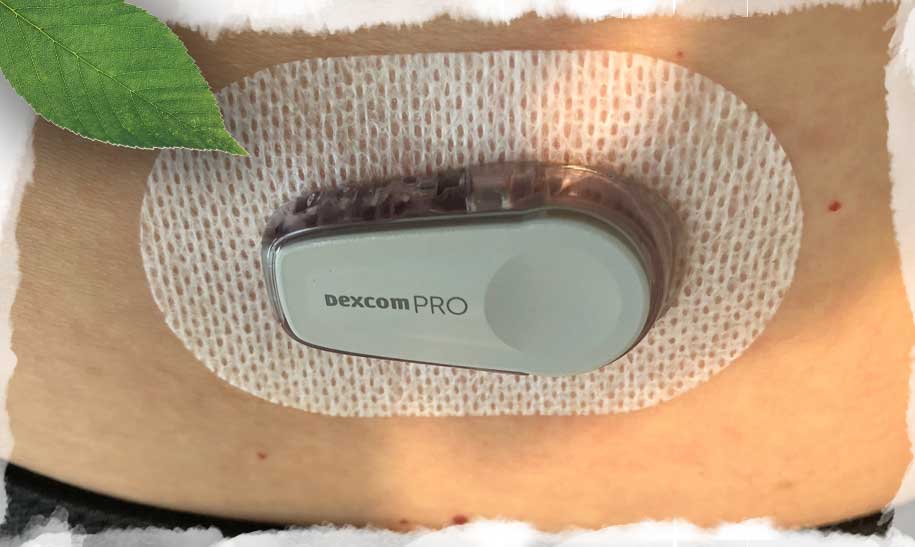Last year a statistic was published stating that only 12% of the population is considered metabolically healthy. Although alarming, this figure didn’t surprise me, as very often I see patients with metabolic issues such as elevated blood sugar, cholesterol and BMI. As a preventive integrative physician, it is not my initial reaction to send patients to the pharmacy, but rather to offer information on practical lifestyle changes that may bring the numbers down into a normal range.
In an effort to make this process as easy and informative as possible, I recently researched and purchased new continuous glucose monitors (CGM) that will allow patients to see in real time how their body is functioning and to make immediate changes to reduce the risk of future health setbacks and diagnoses. Here is a bit of insight into this new technology.
How the continuous glucose monitor works
The CGM sensor is placed under the skin and detects the interstitial fluid (body fluid found between blood vessels and cells), which uses the enzyme glucose oxidase to convert glucose to hydrogen peroxide, which it measures and converts to a glucose reading. This reading then transmits to the receiver via Bluetooth or a similar form of communication and provides information that is shared among all CGM devices. Within one week of wearing the CGM, patients can expect to learn a lot about how their body reacts to foods and various activities.
What we can learn
The purpose of wearing the CGM is to detect a problem in your metabolic health. For example, detection of a sugar spike, which occurs in response to eating certain foods, allows patients to recognize the cause of elevated blood sugar and work to maintain glucose readings that are steady. Large spikes tell us that the body needs a more substantial insulin release to bring glucose levels down. When this process occurs repeatedly it can result in insulin resistance which, if not corrected, could lead to Type 2 diabetes.
A healthier future
Continuous glucose monitors have only been in doctor’s offices for about 20 years and have improved significantly over that time, most notably by offering shared technology-based readings. As the CGM provides a continuous view of blood sugar activity, it allows the patient to work toward decreasing the possibility of insulin resistance and adapting healthy metabolic goals.


